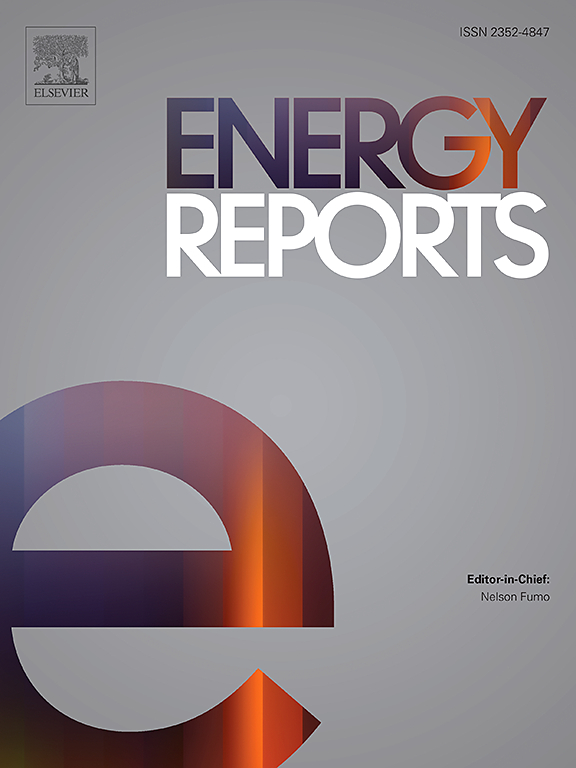区域供热用废热源综述
IF 5.1
3区 工程技术
Q2 ENERGY & FUELS
引用次数: 0
摘要
随着世界能源需求的增加,碳排放和气候变化成为一个更大的问题。因此,越来越需要更清洁的能源以及更高水平的能源效率。建筑能源引起了研究人员和政策制定者的极大兴趣,因为它约占全球能源消耗的三分之一,而且随着越来越多的人获得更高的收入和改善的设施,预计这一比例还会上升。一个多世纪以来,区域能源系统已被证明是向建筑物提供热能的有效手段,区域供热的发展使各种热源得以利用,包括低温热源,如废热。余热是一种可行的、技术上成熟的建筑能源,许多运行案例都证明了这一点,但在实践中利用或在文献中探索的余热来源似乎很少。此外,许多研究只关注区域供热的一种余热来源,据作者所知,目前还没有关于区域供热利用的各种余热来源的综述论文。因此,本文的目的是研究在实际操作区域供热案例中使用或在研究中讨论的各种废热来源。此外,本文还讨论了现有文献中用于量化废热势的各种性能指标,并提出了建议的未来研究。本文章由计算机程序翻译,如有差异,请以英文原文为准。
A review of waste heat sources for district heating
As the world’s energy needs rise, carbon emissions and climate change become a bigger concern. Therefore, there is a growing need for cleaner energy sources as well as higher levels of energy efficiency. Building energy is of great interest to researchers and policymakers, as it accounts for about a third of global energy consumption, and this is projected to rise as more people gain access to higher incomes and improved amenities. For over a century, district energy systems have proved to be an efficient means of providing thermal energy to buildings, and developments in district heating have enabled the use of various heat sources, including low-temperature sources, such as waste heat. Waste heat is a viable and technically mature source of building energy, as proven by many operational cases, but there seem to be only a few sources of waste heat utilized in practice or explored in literature. Additionally, many research studies focus on only one source of waste heat for district heating and, to the knowledge of the authors, there is currently no existing review paper on the various sources of waste heat utilized in district heating. Therefore, the goal of this paper is to examine various sources of waste heat that are utilized in real operational district heating cases or discussed in research studies. Additionally, the paper discusses the various performance metrics utilized for quantifying waste heat potential in existing literature, and rounds off with recommended future study.
求助全文
通过发布文献求助,成功后即可免费获取论文全文。
去求助
来源期刊

Energy Reports
Energy-General Energy
CiteScore
8.20
自引率
13.50%
发文量
2608
审稿时长
38 days
期刊介绍:
Energy Reports is a new online multidisciplinary open access journal which focuses on publishing new research in the area of Energy with a rapid review and publication time. Energy Reports will be open to direct submissions and also to submissions from other Elsevier Energy journals, whose Editors have determined that Energy Reports would be a better fit.
 求助内容:
求助内容: 应助结果提醒方式:
应助结果提醒方式:


